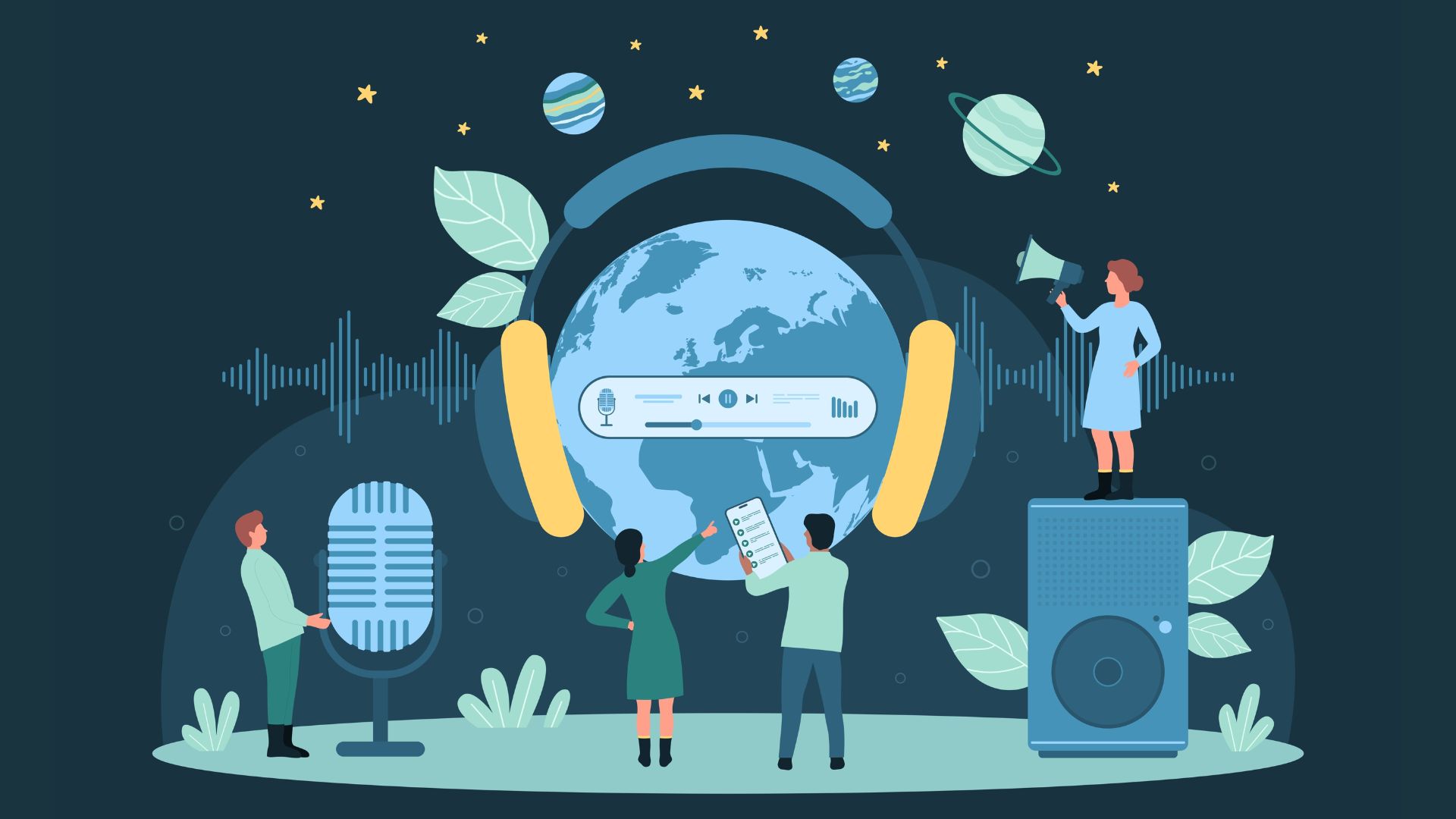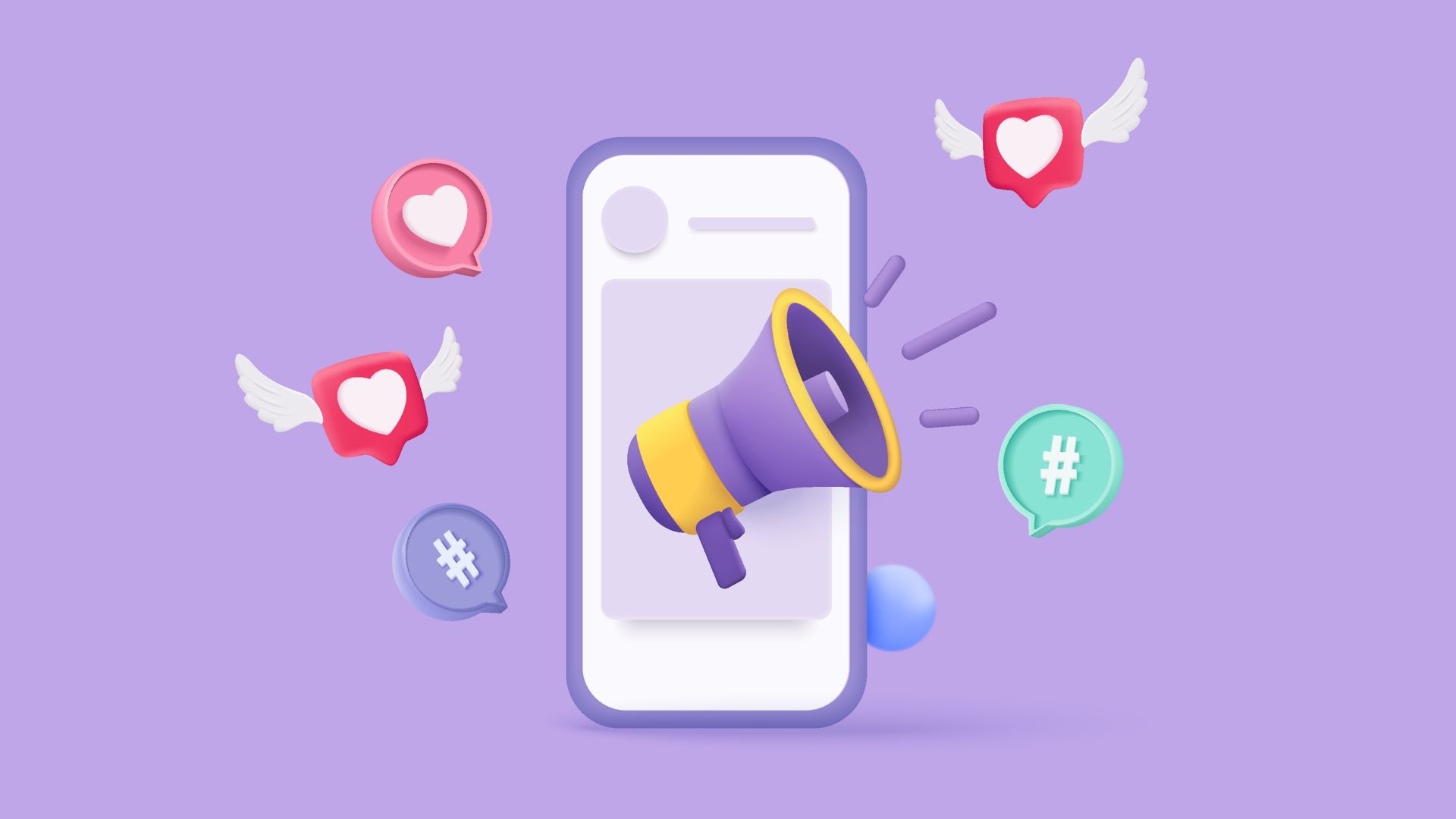Confused by podcast statistics? You’re not alone.
If you’ve ever looked at your podcast analytics and thought “What the heck does this stuff mean?” you’re not the only one.
Podcast stats aren’t as perfect, or as transparent as the industry (especially advertisers) would like.
But despite this, it’s important to understand what they mean, what stats are reliable and how you can use them to measure the success of your show.
Want help starting your podcast? Download my FREE ‘How To Start A Podcast’ guide.
What’s a download?
A download in podcasting is the main metric creators and advertisers look at and it refers to whether an audio file was downloaded.
This can happen automatically as some podcast apps auto-download episodes if a user is subscribed or following a show.
It can also happen manually, when someone presses play on a podcast episode (user-initiated).
The issue that makes this a frustrating metric is that a podcast host can’t tell the difference between those two types of downloads (automatic and user initiated).
So you can’t tell if someone has actually listened to your podcast episodes just from your download metrics.
What’s a listen?
A listen in podcasting is when someone actively presses play on an episode.
Again a podcast host can’t tell if someone has ‘listened’ to a podcast but that data is collected by podcast apps.
If you go into your Spotify for Creators or Apple Podcasts Connect dashboard you’ll be able to get more specific information on how your audience is interacting with your show.
What’s a stream?
In podcasting a stream doesn’t really exist.
It might feel like you’re streaming an episode when you press play but most podcast apps are still downloading that file in the background.
So in the back end of your podcast hosts that ‘stream’ will still be counted as a download even if you didn’t listen to the whole thing.
Can you tell how long people listen?
If you want to know how much of your episodes people are consuming, the best place to look is in the dashboard of podcast apps like Apple and Spotify.
These platforms provide consumption data for your podcast but it’s important to note they’re only measuring listener behaviour in their specific app.
What about listeners?
Many podcast hosts show ‘listener’ statistics but these aren’t a foolproof metric either (are you noticing a theme here??).
Podcast hosts base their ‘listener’ metrics off IP addresses but if someone listens to your show while they’re commuting they could change IP addresses over that journey which means they might register as multiple ‘listeners.’
So what podcast stats should you focus on?
If you’re an independent podcaster stick to tracking trends rather than focusing on round numbers.
The base audience for every podcast is going to be different (even if they’re in a similar niche).
So rather than comparing yourself to other shows just focus on what you’re seeing in your analytics.
Is your audience growing over time (even if it’s slow growth)? Do specific episode get more downloads than others? Are your audience sticking around to listen to your content?
These are the insights that will help you grow your podcast.
The truth about podcast analytics
Are podcast stats a bit messy? Yes.
Can you get a perfectly accurate picture of your audience yet? No.
Does that mean the data isn’t valuable? Absolutely not!
If you learn how to read your metrics and track your trends it’ll help you make sure you’re creating content your audience loves.
🎙️ Want to start a podcast but feeling overwhelmed?
Grab my free “How To Start A Podcast” guide or get step-by-step support inside my online course, PodSchool.
Got a question about podcasting? Send it my way so I can answer it on the podcast!










